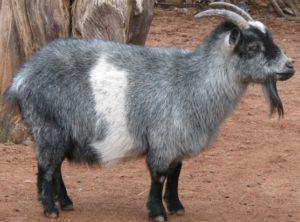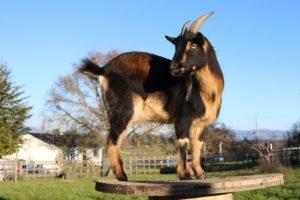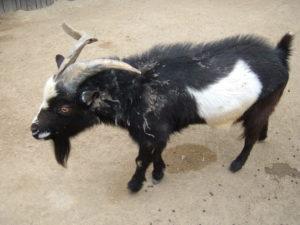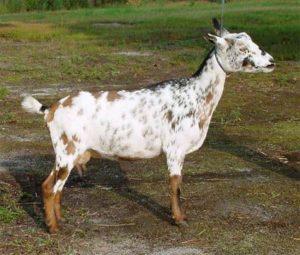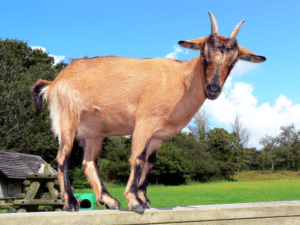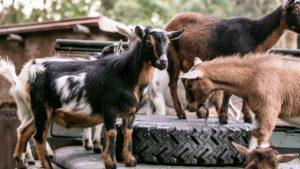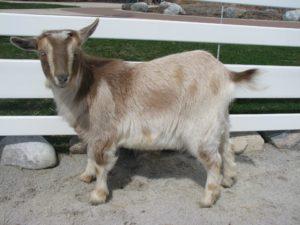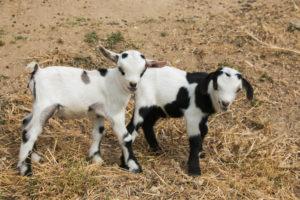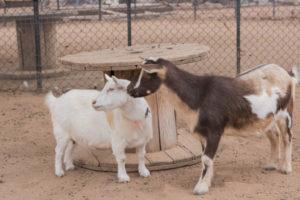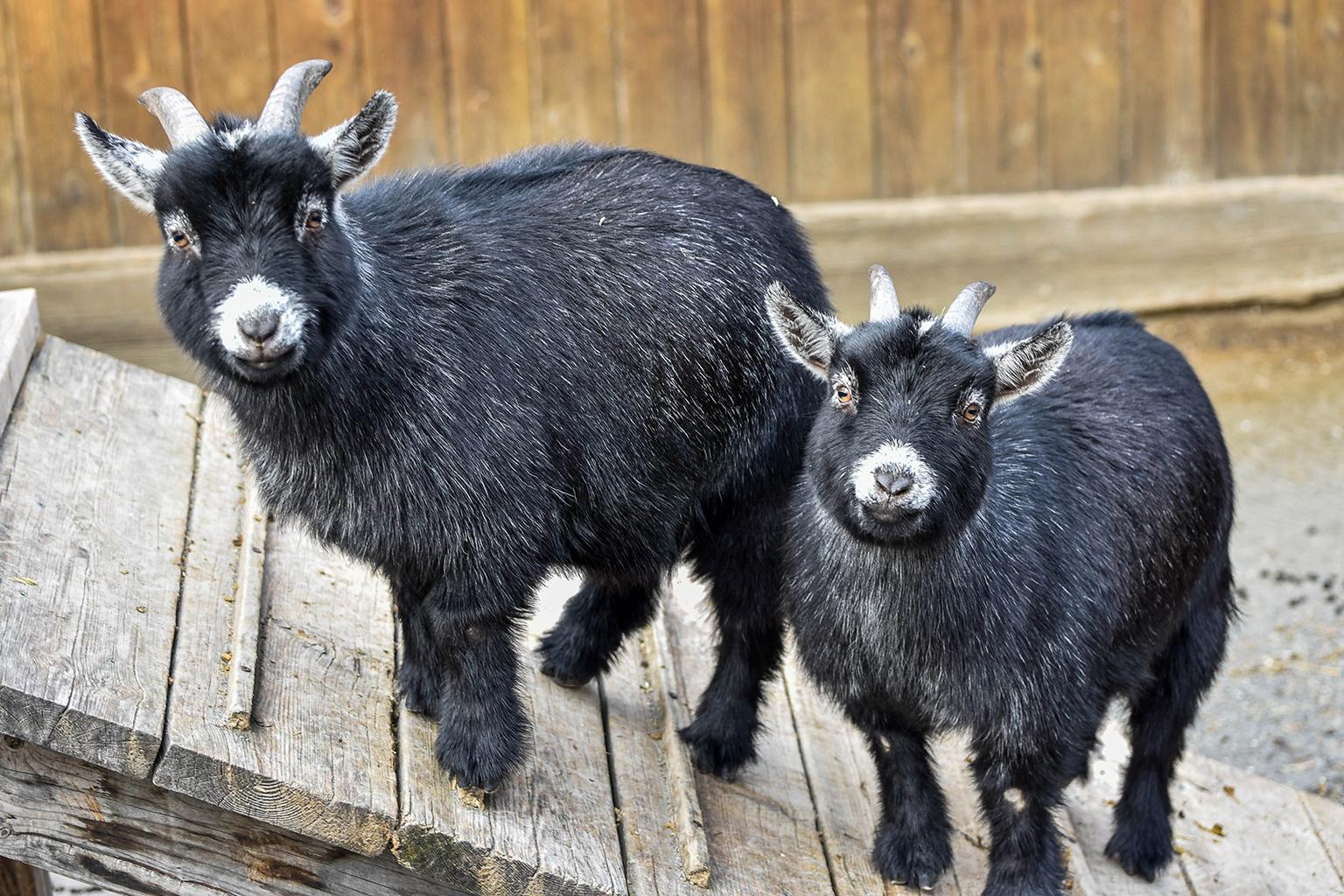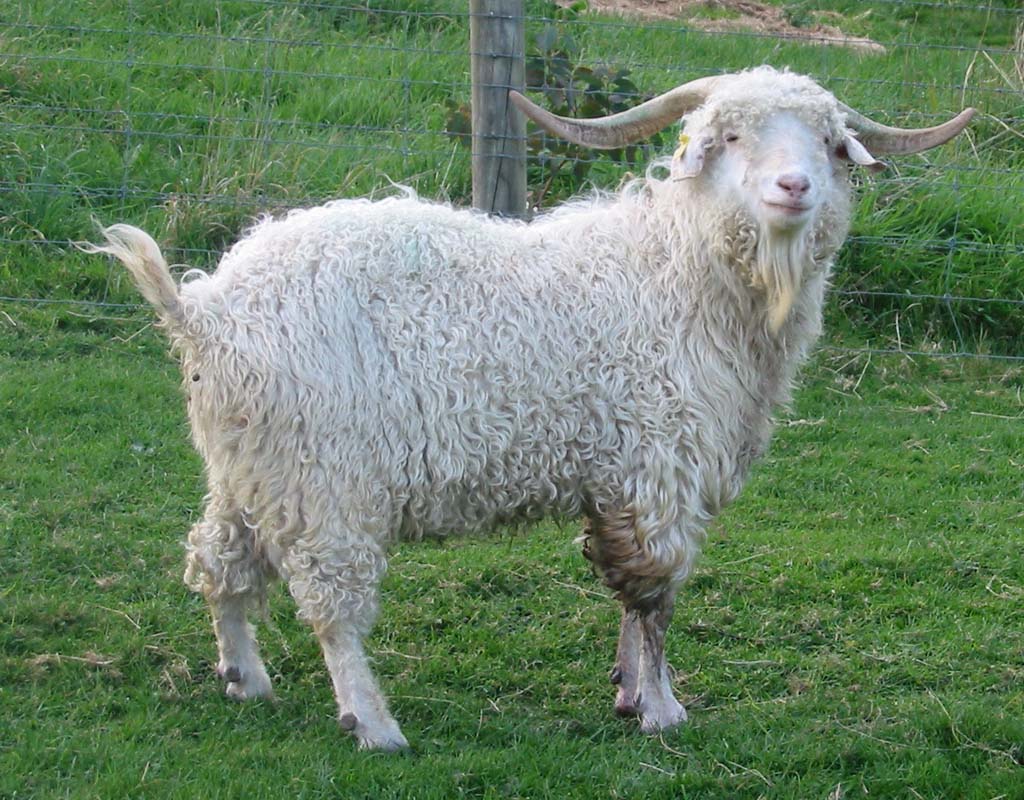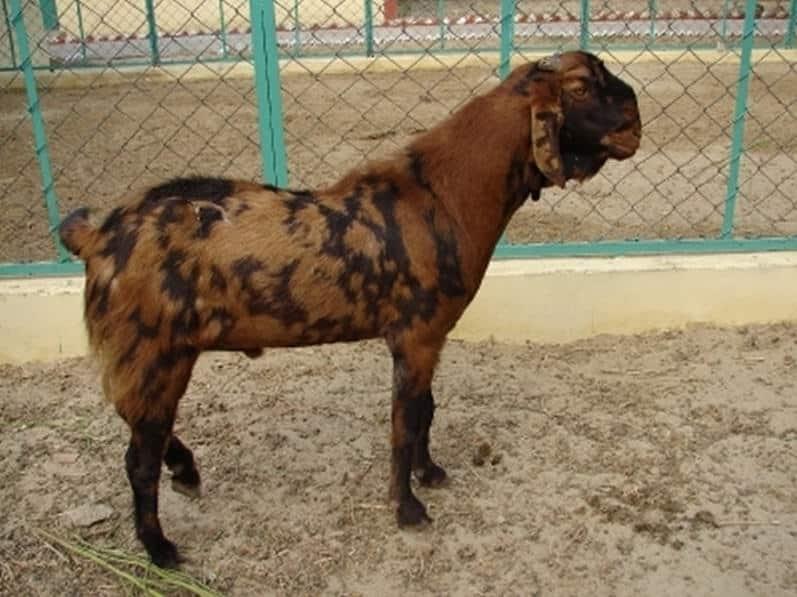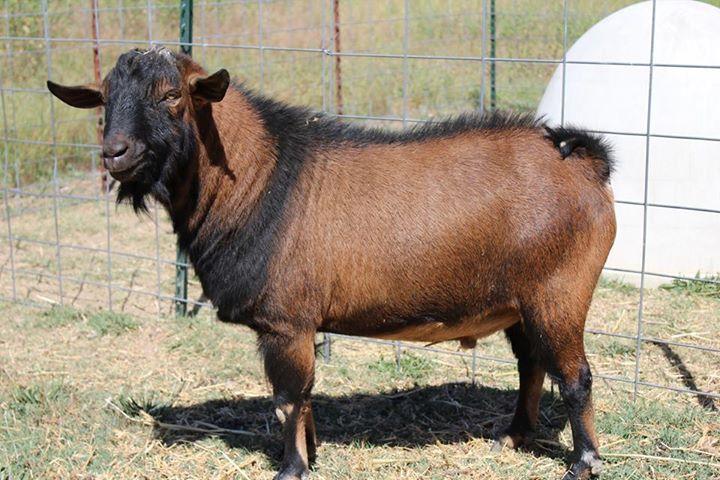Nigerian Dwarf Goat
The Nigerian dwarf goat is an American dwarf breed deriving its lineage from the West African dwarf breeds. Though primarily bred for being exhibited in shows, and even as a companion pet all because of its small size, and gentle, affectionate nature, they later became useful dairy goats too. These goats have a striking similarity to another dwarf breed, the pygmy goat is size, and appearance. However, the pygmy goat appears stocky with short legs, as opposed to the lean and long-legged features of the Nigerian dwarf goat.
| Also Known As | Not recorded |
| Physical Characteristics | Small; well-proportioned body; with or without horns; straight nose; upright ears; and concave or straight facial profile |
| Temperament/Personality | Lovable, playful, gentle, and calm; known to coexist peacefully with other livestock like llamas, donkeys, cattle, and horses when it comes to sharing pastures |
| Color | Black, gold, chocolate withy markings of white; |
| Coat | Soft and fine, with short or medium-sized hair |
| Size | Small |
| Weight | About 35 kg (75 lb) |
| Height | Male: 48–60 cm (19-23.5 in); Female: 43-57 cm (17-22.5 in) |
| Uses | Milk, and as a show and companion animal |
| Diet | Hay and grass |
| Lactation Period | 305 days |
| Lifespan | 8-12 years |
| Climate Tolerance | Can adjust to varied climatic conditions |
| Price | $50-100 |
| Country of Origin | United States of America |
| Standard and Qualification Information | Nigerian Dwarf Goat Association, American Dairy Goat Association, American Goat Society, https://www.andda.org/ |
History and Development
From the 1930s -1960s, several small goats belonging to the West African dwarf breed was imported to the USA from Africa, the purpose being to display in zoos. The Nigeria dwarf goat derives its lineage from these breeds, varying in appearance though, not inheriting the stocky appearance of the latter. Through the breeding process, a miniature-sized goat was developed, perfect for showing and petting, due to its appearance and docile nature. Eventually, they were rendered suitable for small-scale milk production, bred for dairy purpose. A herd book developed in 1980, the numbers increasing rapidly to about 7000 of them registered by 2002. The America Diary Goat Association recognized this breed in 2005.
There was a fluctuation in their numbers, putting these goats in the ‘recovering’ category of the Livestock Conservancy’s watchlist. However, they were removed from the same in 2013.
Milk Production
Though not an out-and-out milk goat, this breed yield about 2 quarts of milk each day, rich in butterfat (6-10%) and protein (3-5%). They need to be milked daily, with the sweet-tasting milk good enough to be consumed on its own or prepared into butter, and cheese.
Meat Production
Though one can eat them for their meat, they do not excel as good meat goats because of their small size and lean stature.
As Companions
Due to their calm, gentle temperament, and small size, these goats are primarily kept as pets. They are quite easy to handle, apt for all age groups from kids to elderly and even the disabled.
Kidding
The Nigerian dwarf goat is a hardy breed not having much problem during kidding. They have a gestation period form 145-153 days after which mostly twins are born. Triplets and quadruplets are also common, and sometimes even five kids could be born of a single pregnancy.
Interesting Facts
- Nigora, a new breed of goat developed during the 1990s by crossing the Nigerian dwarf with Angora and other prominent mohair breeds.

